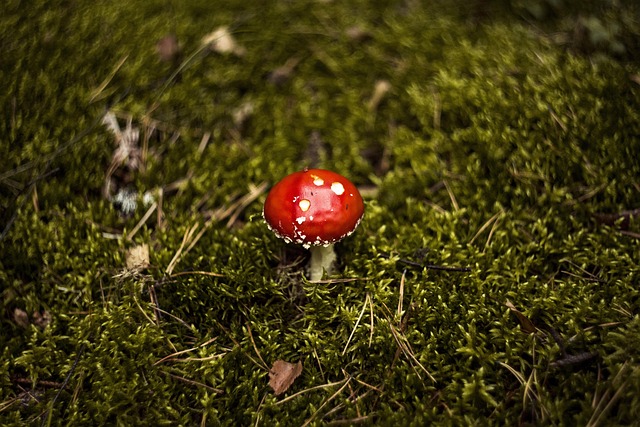Microdosing involves consuming tiny amounts of psychedelics like Amanita muscaria (Fly Agaric) for therapeutic benefits, such as boosting creativity and alleviating anxiety. Safe practices include consulting experts, starting with low doses, staying hydrated, and maintaining a calm environment. Risks include short-term side effects and potential mental health impacts, necessitating caution and expert advice. The legal status and ethical considerations of microdosing Amanita muscaria are complex, with ongoing scientific research exploring its benefits and safety.
“Uncover the world of microdosing, a growing trend in psychedelic exploration, focusing on the versatile and edible Amanita muscaria. This guide delves into the benefits, practices, and intricacies surrounding this ancient practice. From understanding the science behind microdoses to discovering the unique properties of Amanita muscaria, we explore safe consumption methods and essential considerations. Learn about legal implications, potential risks, and how to navigate this fascinating journey ethically, all while harnessing nature’s gifts.”
Understanding Microdosing and Its Benefits
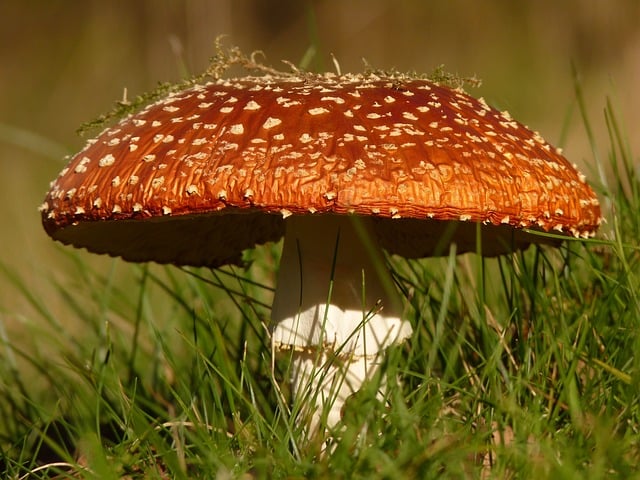
Microdosing involves consuming tiny, carefully measured doses of psychedelics like the edible form of Amanita muscaria (commonly known as Magic Mushrooms). While often associated with recreational use, microdosing has gained popularity for its potential therapeutic benefits. Research suggests that it can enhance creativity, reduce anxiety and depression, and even boost overall well-being. Unlike higher doses, microdoses produce subtler effects, allowing users to go about their daily routines while experiencing subtle shifts in perception and mindset.
This practice encourages a mindful approach, as individuals focus on being present during the experience. The benefits of microdosing are often reported as subtle but significant improvements in mental clarity, emotional regulation, and overall life satisfaction. As with any substance, responsible use and proper dosage are crucial, ensuring that individuals seeking the therapeutic advantages of microdosing do so safely and informedly.
The Role of Amanita Muscaria in Microdosing
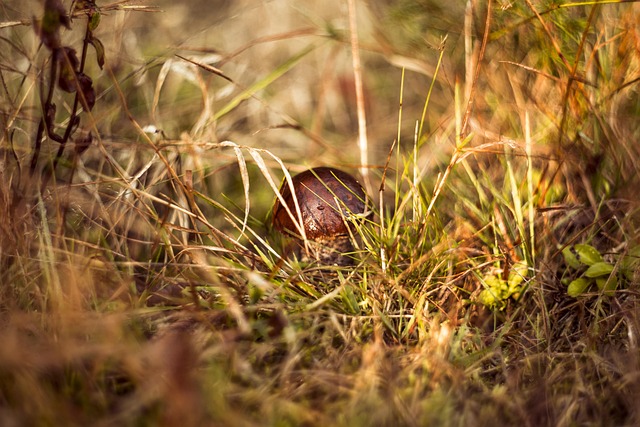
The role of Amanita muscaria, commonly known as Fly Agaric, cannot be overlooked in the context of microdosing. This iconic mushroom has been a subject of interest for its potential therapeutic benefits when consumed in minuscule doses—a practice that has gained traction in recent years. The Amanita muscaria is renowned for its distinct appearance and long-standing use in folklore and traditional medicine.
As an edible mushroom, Amanita muscaria contains unique compounds, including psilocybin and psilocin, which are responsible for its psychoactive effects. Microdosing involves taking tiny amounts of these compounds, typically from the dried form of the mushroom, to experience subtle enhancements in mood, creativity, and cognitive function without a psychotic trip. The gentle nature of microdosing with Amanita muscaria allows individuals to explore its potential benefits while maintaining full control and awareness of their surroundings.
Edibility and Safety Considerations
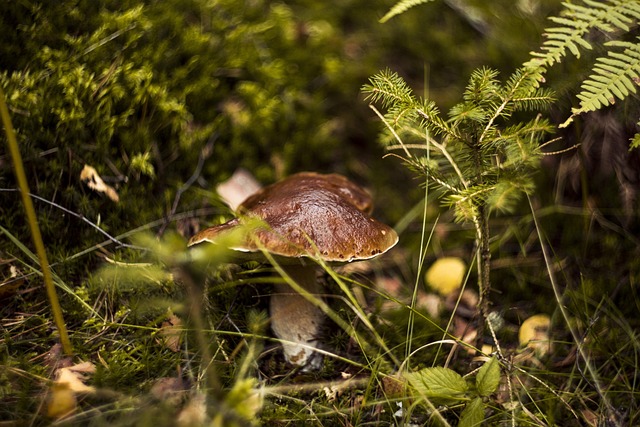
When considering microdosing with any substance, safety is paramount. In the context of fungi, such as Amanita muscaria, edibility and toxicity are crucial factors. While certain varieties of mushrooms are edible and have been used for their psychoactive properties for centuries, A. muscaria is not generally considered safe for consumption due to its potent toxins, including muscimol and ibotenic acid. These substances can lead to intense psychological effects, ranging from euphoria to hallucinations, and may cause physical symptoms like muscle weakness, dizziness, and even respiratory distress in higher doses or for those with pre-existing health conditions.
The concept of microdosing involves taking incredibly small amounts—typically fractions of typical recreational doses—to achieve subtle, therapeutic effects without the full-blown trip associated with regular consumption. However, with Amanita muscaria, it’s essential to approach this idea with extreme caution. There is limited scientific research on its safety in microdoses, and historical use does not necessarily equate to modern edibility standards. Always consult experts or medical professionals before considering any form of psychedelic therapy, and never ingest unidentified fungi.
Preparing and Consuming Microdoses
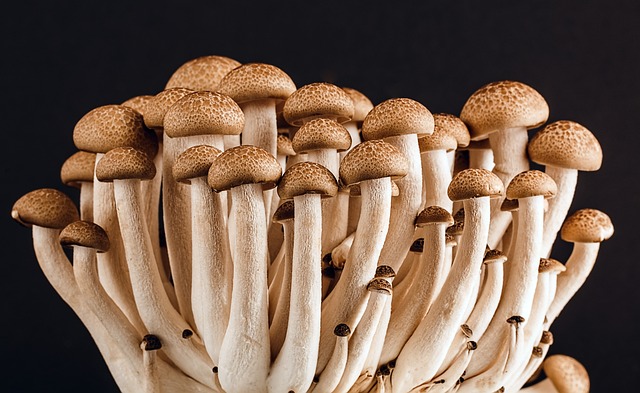
Preparing microdoses requires careful consideration and knowledge, especially when using fungi like Amanita muscaria (Fly Agaric), which is edible but potent. The first step is to identify and cultivate the correct strain, ensuring it’s safe for consumption in small doses. Proper preparation includes meticulous cleaning and careful cutting or grinding of the fungi into fine particles, allowing for consistent and controlled dosing.
Consuming microdoses should be done responsibly with a set mindset. It’s recommended to start with a low dose and gradually increase if needed, as individual reactions may vary. Staying hydrated, maintaining a calm environment, and engaging in light activities can enhance the experience. Always consult experts or seek guidance from communities specializing in fungi knowledge for accurate information regarding dosage and safety.
Potential Side Effects and Risks
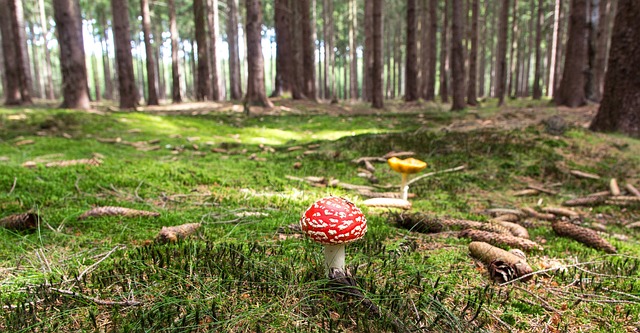
Microdosing, involving the consumption of tiny amounts of psychedelic substances like psilocybin (found in certain species of mushrooms, including the edible Amanita Muscaria), has gained attention for its potential therapeutic benefits. However, it’s crucial to acknowledge that this practice is not without risks. Common side effects may include nausea, anxiety, and altered perceptions, especially during the initial stages of microdosing. These experiences can vary widely from person to person, and individual tolerance and mindset play significant roles.
Longer-term risks are less well-documented but should not be dismissed. Repeated exposure to psychedelics can potentially impact mental health, particularly in individuals with pre-existing conditions. It’s essential for anyone considering microdosing to approach it with caution, seeking guidance from medical professionals and ensuring a safe, supportive environment to mitigate potential negative experiences.
Legal and Ethical Aspects of Microdosing with Edible Fungi
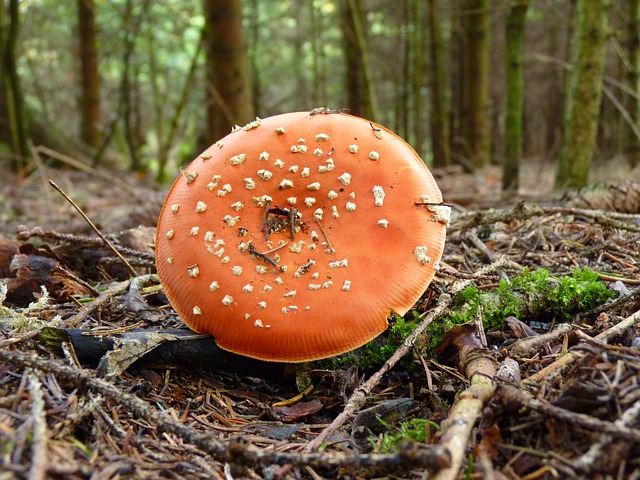
The practice of microdosing with edible fungi, such as Amanita muscaria, has gained traction in recent years, sparking both curiosity and controversy. Legally, the use of psychedelic substances like these mushrooms varies significantly across countries and regions. In some places, they are completely banned, while others have legalized them for medical or recreational purposes, often with strict regulations. It’s crucial to understand local laws to avoid legal repercussions.
Ethically, microdosing presents a complex dilemma. Proponents argue that it can enhance creativity, well-being, and personal growth, but critics raise concerns about potential risks to mental health, especially in vulnerable individuals. The scientific community continues to study these substances, aiming to strike a balance between harnessing their benefits and ensuring public safety.
